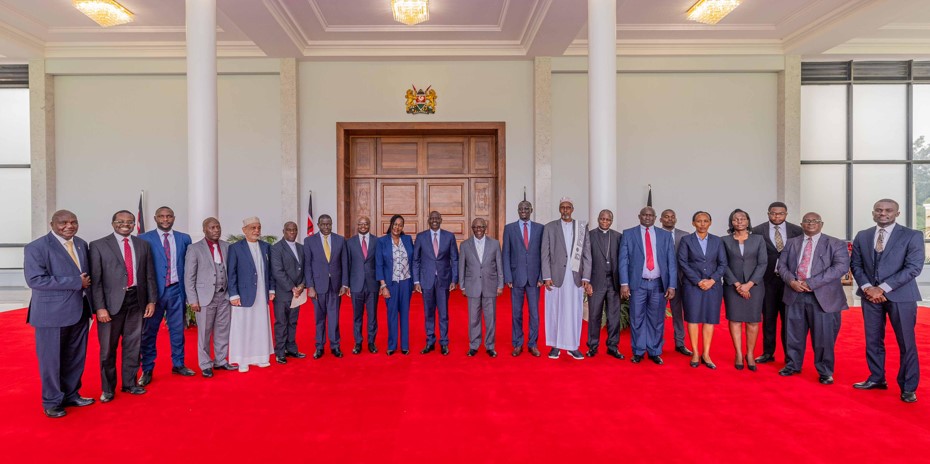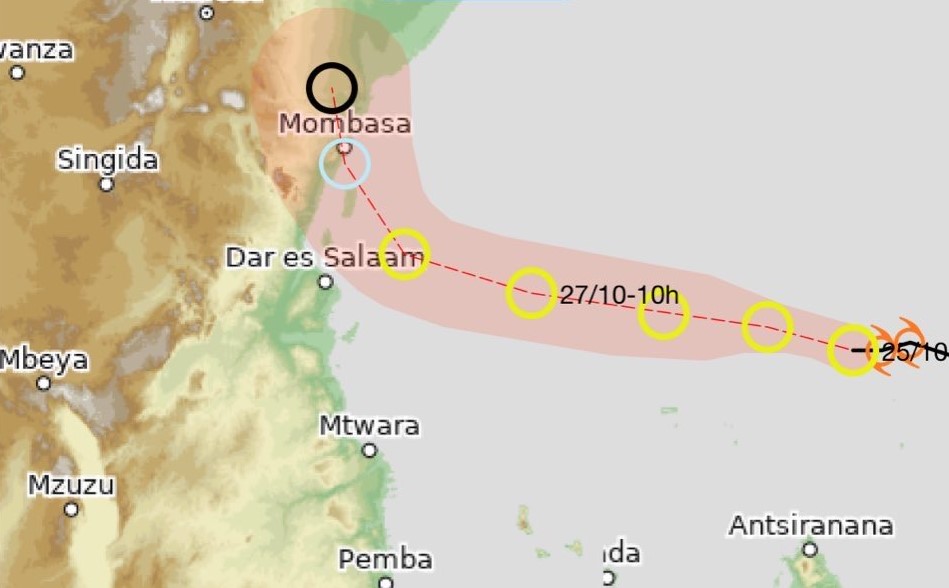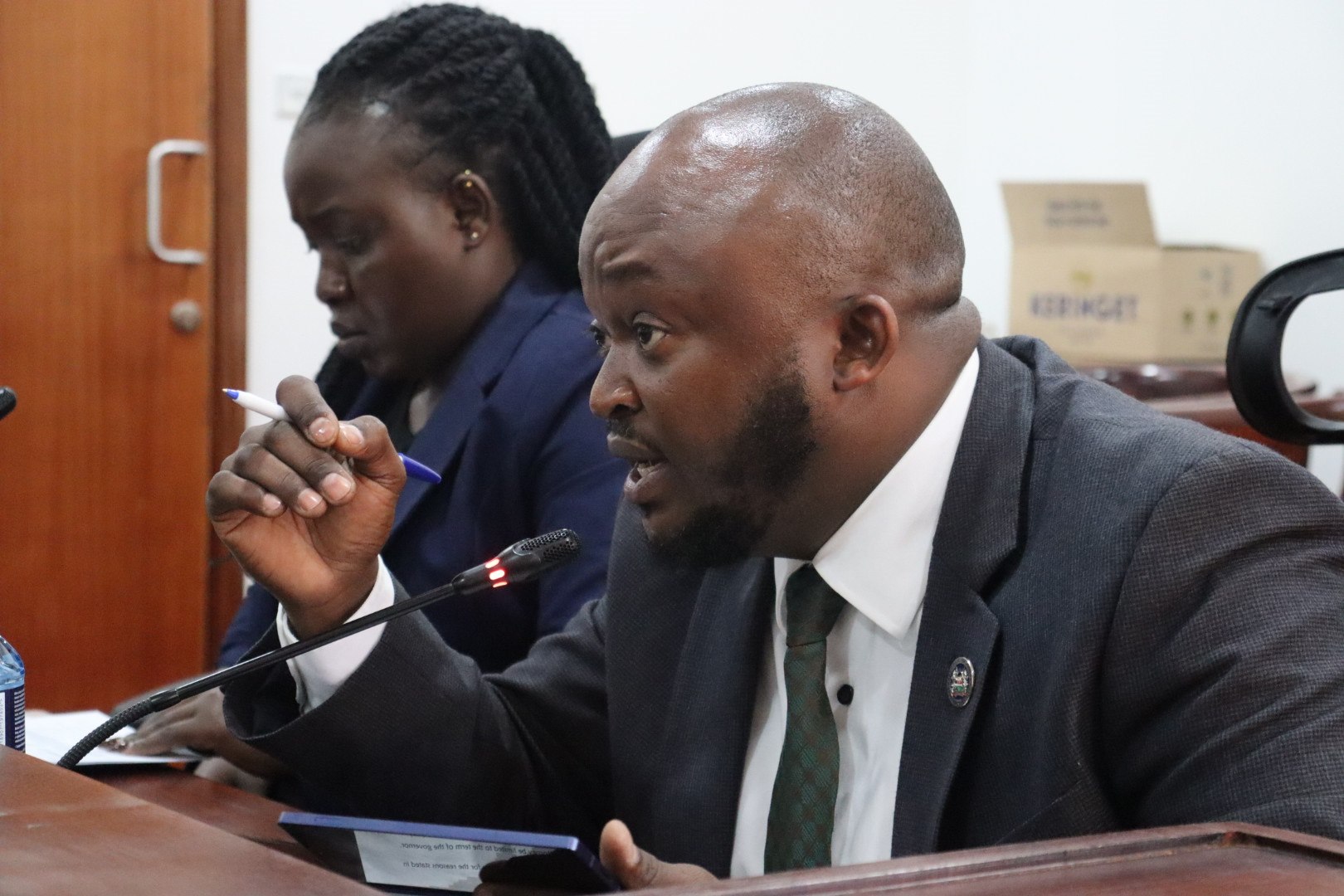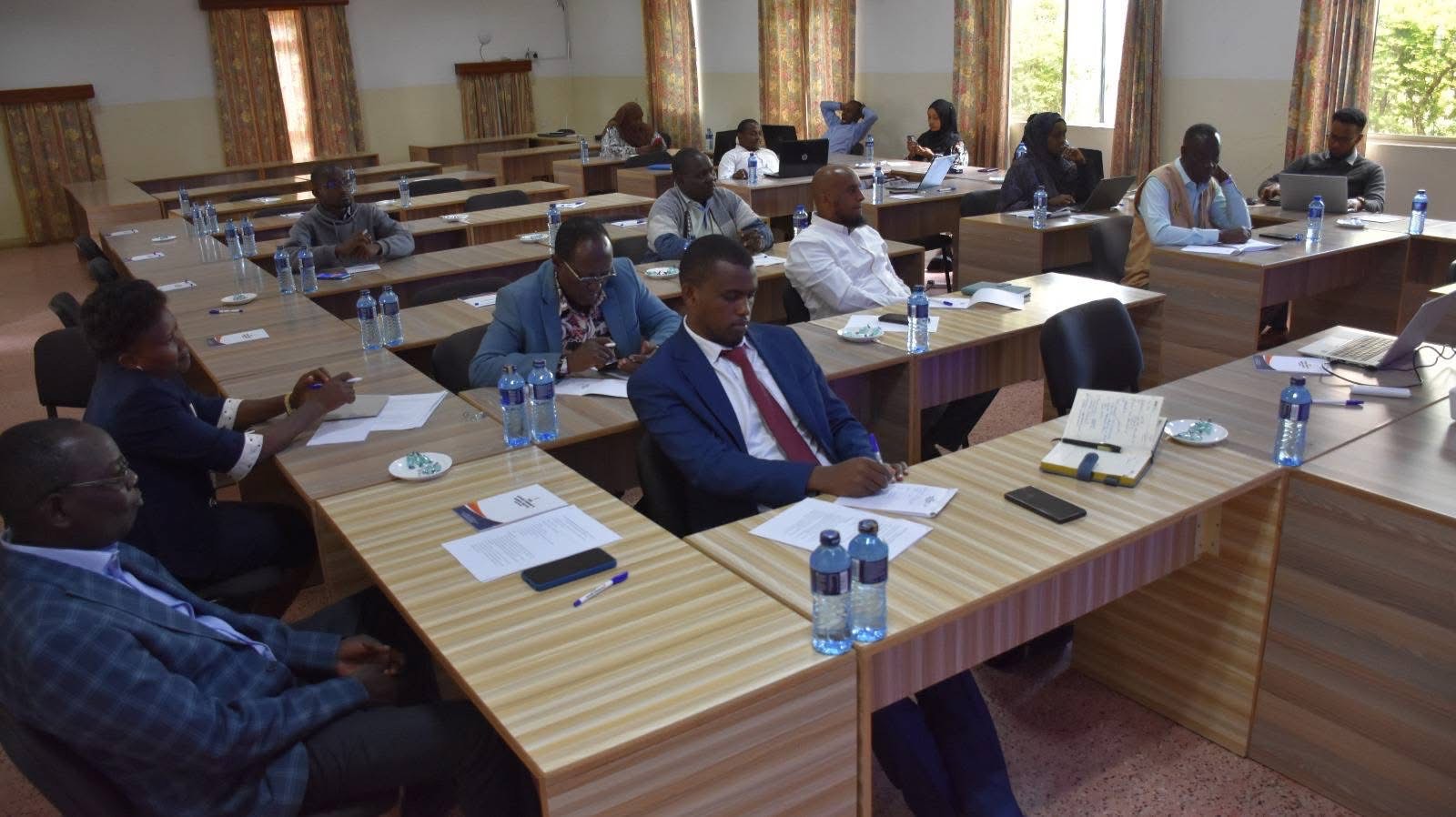Era of wash wash? Alarm over increased money laundering as suspicious transactions surge
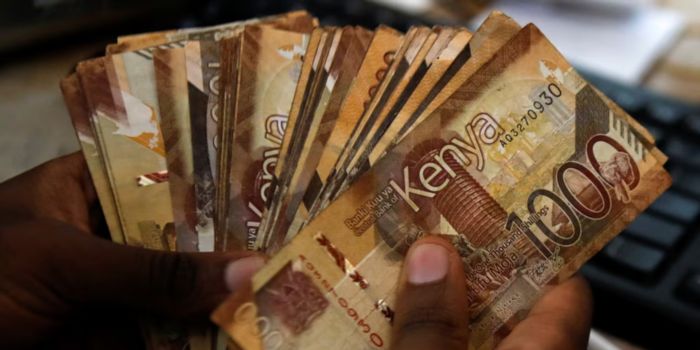
Data from the report shows a significant surge in the number of transactions flagged as potentially linked to money laundering, underscoring a worrying trend in the country's financial landscape.
Kenya is facing growing concerns over an increase in money laundering activities, according to a government report which reveals a sharp rise in suspicious transactions.
The 2023 annual report by the Financial Reporting Centre (FRC), exposes extensive illicit financial flows through trade mispricing and falsified documents, with compliance gaps in sectors like real estate and casinos.
More To Read
- Four African countries delisted from money laundering watchlist, Kenya still flagged
- More SACCOs register with FRC to fight money laundering, terrorism financing
- Kenya losing over Sh79 billion annually to undervalued imports, says NTA
- How illegal financial flows stifle Africa's growth
- Wangamati and 10 others freed on bond in Sh271 million corruption case
- Kenya tightens terrorism cases with mandatory terror-financing investigations
FRC is an intelligence unit established under the National Government to assist in the identification of the proceeds of crime and the combating of money laundering, financing of terrorism and proliferation financing.
Data from the report shows a significant surge in the number of transactions flagged as potentially linked to money laundering, underscoring a worrying trend in the country's financial landscape.
Under the cash transaction reports (CTR) enshrined under regulation 34 of the Proceeds of Crime and Anti-Money Laundering Regulations 2023, FRC says it requires all reporting institutions to file reports with the Centre on all cash transactions equivalent to or exceeding $ 15,000 (Sh1.9 million) or its equivalent in any other currency carried out by it.
This is whether or not the transaction appears to be suspicious.
"In 2023, the total number of CTR reports received was 11,079 representing a 9.1 percent increase compared to the previous year which had 10,159," the report reads.
The 11,079 reports are made up of 82,664 transactions, out of which 301 enriched the Centre's analysis compared to the previous year which recorded 71,996 total transactions.
Transactions that enriched analysis refer to the ones that have undergone more in-depth review, examination, or analysis, often examined with additional layers of data or insights.
This could involve identifying patterns, checking for irregularities such as potential fraud or money laundering, analysing the context of the transactions, or applying more sophisticated methods to understand them better.
On the other hand, the Centre received an average of 5,100 Suspicious Transaction Reports (STRs) between 2017 and 2022.
In 2023, the total number of STRs received stood at 6,631 from reporting institutions and two reports from walk-ins/whistle-blowers.
This represents a 12 per cent increase as compared to 2022 when the Centre received 6,064 reports. "The banking sector has consistently formed the bulk of STRs reporting."
FRC's findings suggest that while reporting has increased, loopholes persist, particularly in sectors such as real estate, law firms and casinos, where weak monitoring and enforcement continue to enable illicit transactions.
Further painting a grim picture of Kenya as a hub for illicit financial flows, the unit points out the over $1 billion (Sh129 billion) that left the country in 2023, while only $400.97 million (Sh51.8 billion) entered.
Euro-based transactions saw €34,119,606 declared in, with €2,978,317 going out. The GBP figures stood at £334,000 incoming and £405,525 outgoing.
In Kenyan Shillings, Sh118,700,440 was brought into the country, while Sh11,025,000 was taken out.
The unit reveals that the most suspicious transactions involve funds coming to Kenya from Somalia, UAE, and South Africa, followed by Uganda, DRC, and North America.
Conversely, funds have been leaving the country to DRC, Somalia, and Mozambique, as well as Uganda and Rwanda.
Top Stories Today
